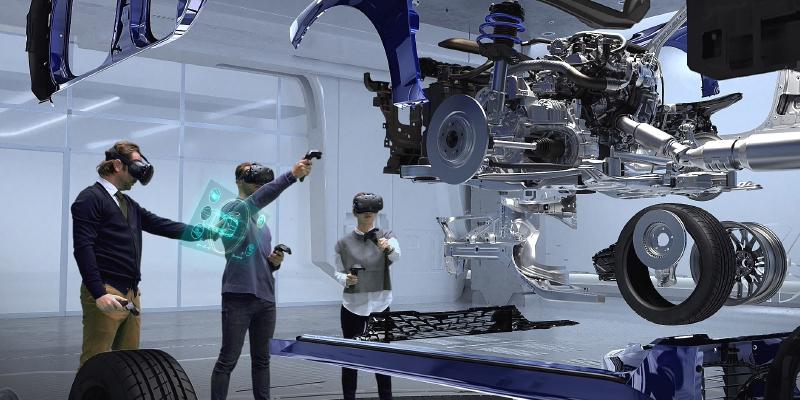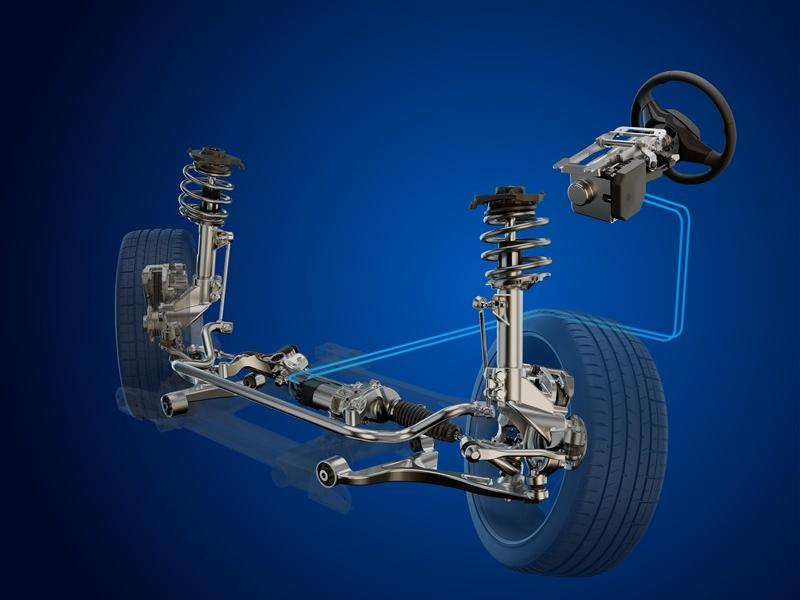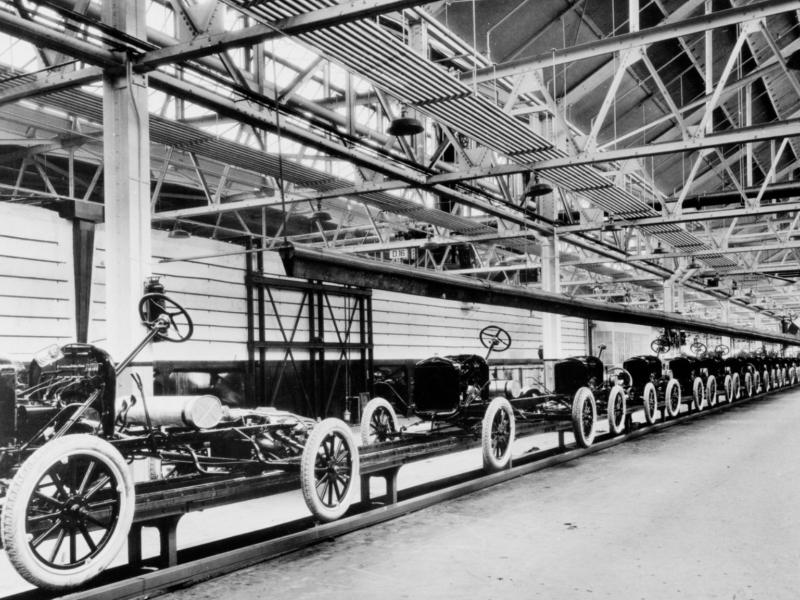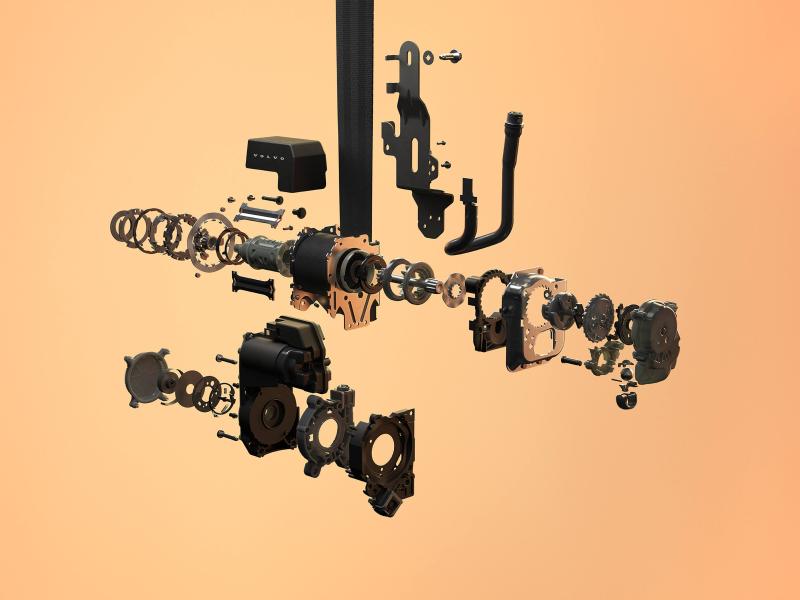Hyundai Motor Company and Kia Motors Corporation have debuted a new virtual reality (VR) design evaluation system at the brands’ global design headquarters. The new system demonstrates a heightened focus on enhancing vehicle development processes through the implementation of VR technology.
Hyundai and Kia displayed how new VR technology will be utilised by both brands in future. The technology uses several development applications, enabling teams of designers and engineers to carry out vehicle design quality assessments and development verification processes.
The technology is part of a KRW 15 billion (US $12.8 million) investment in the Namyang Research and Development Centre announced by Hyundai and Kia in March 2019. Through the complete implementation of the virtual development processes throughout R&D and pre-production stages, Hyundai and Kia anticipates a 20 percent reduction in vehicle development times and a 15 percent reduction in annual development costs.
“The virtual development process is a necessary step for responding quickly and reacting with agility to the needs of customers and paradigm shifts within the automotive industry,” said Albert Biermann, Head of Research and Development Division for Hyundai Motor Group. “Through reinforced virtual processes, we will enhance quality and profitability, ultimately increasing investment in R&D to secure competitiveness in future mobility.”
In addition to reducing development costs, these new virtual technologies are expected to increase profitability and trigger a cycle of continuously increasing R&D investment for Hyundai and Kia.
VR headsets allow the brands’ vehicle designers and engineers to virtually enter developmental simulations, with 36 motion tracking sensors detecting and tracking the locations and movement of all users, enabling each to participate accurately in real time. The new VR design evaluation system can currently support up to 20 simultaneous users, enabling greater cross-team collaboration than ever before.
As a result, the new cutting-edge facility allows the designers from each brand to more efficiently review a multitude of design concepts earlier in the developmental process and in ways that were previously physically impossible. The system simulates interior and exterior design elements, lighting, colours and materials, and even virtual environments themselves.
Hyundai first used this system during the design assessment stages of the HDC-6 NEPTUNE Concept Class 8 heavy-duty truck, first revealed at the North American Commercial Vehicle Show in October 2019. Kia also plans to expand the design assessment capabilities of the facility for developmental use on future models.
Additionally, plans to establish remote VR design assessment capabilities will enable real-time virtual collaboration between each brand’s design centres in Europe, America, China and India, along with an enhanced virtual development process through the implementation of AR (Augmented Reality), among other technology.
Hyundai and Kia established a new design quality verification system using VR in March 2019, utilising three-dimensional Computer Aided Design (CAD) data collected from every stage of the vehicle development process to assess the quality of each design in virtual environments. The VR design quality verification system is capable of 100 percent accuracy equivalents; previous digital assessments were limited to two-dimensional analysis and did not permit detailed performance evaluations.
VR design quality verification processes also show tremendous potential for developing safety technologies, as participants can virtually test vehicles in a variety of simulated environments and situations. Among others, these environments include highways, urban roadways, hills, tunnels, and low-lighting conditions.
VR also enables Hyundai and Kia vehicle development teams to simulate operations of individual vehicle components, such as doors, trunk lids, engine hoods, and windshield wipers. Furthermore, the system enables teams to test vehicle ergonomics and aerodynamics more efficiently.
Hyundai and Kia also plan to further introduce VR technologies in production and assembly lines to create more ergonomic, efficient and safe working environments.
Initially, virtual models will be formulated using data from an architecture-based R&D system, analysing market demand. The model is then virtually verified, allowing the creation of a harmoniszed and accurate performance goals based on customer demands.
Where previous quality verification processes began with the manufacturing of a test vehicle, this process can now be accomplished virtually, during the pre-production stage. Quality verification using virtual models and techniques in early design stages will ultimately enhance the quality control of real-world vehicles.
Further applications for virtual digital twin verification will see VR heavily employed in the development of future mobility solutions, such as high-level autonomous driving. These virtual verification processes promise to dramatically speed up development and implementation stages, positioning the company to react more promptly to the rapidly changing mobility landscape.






